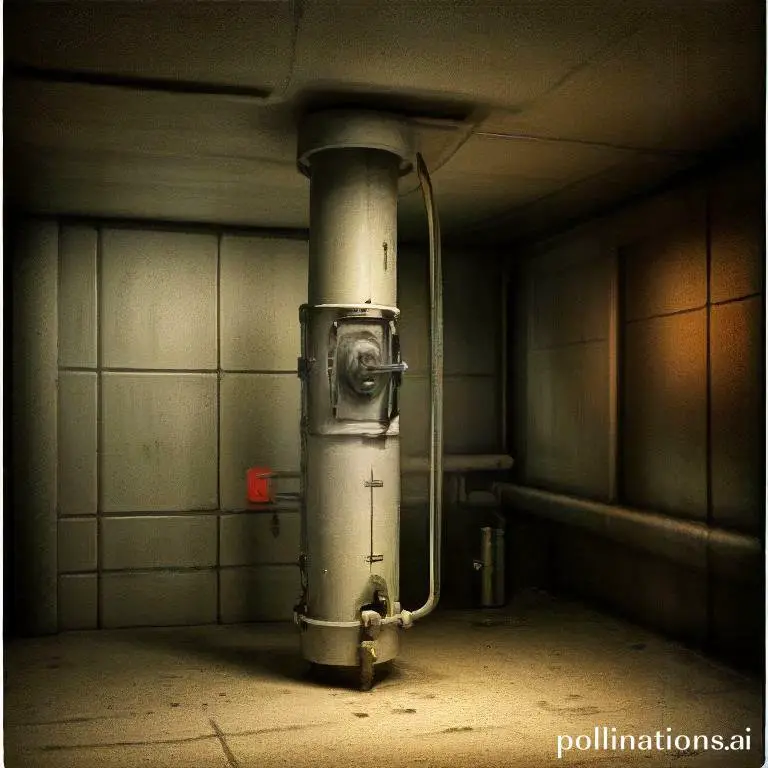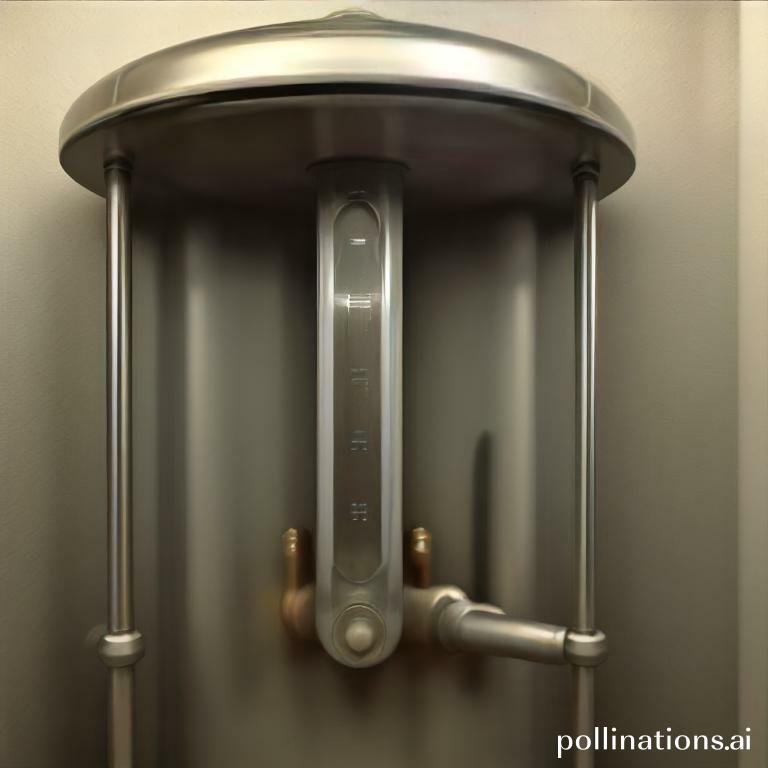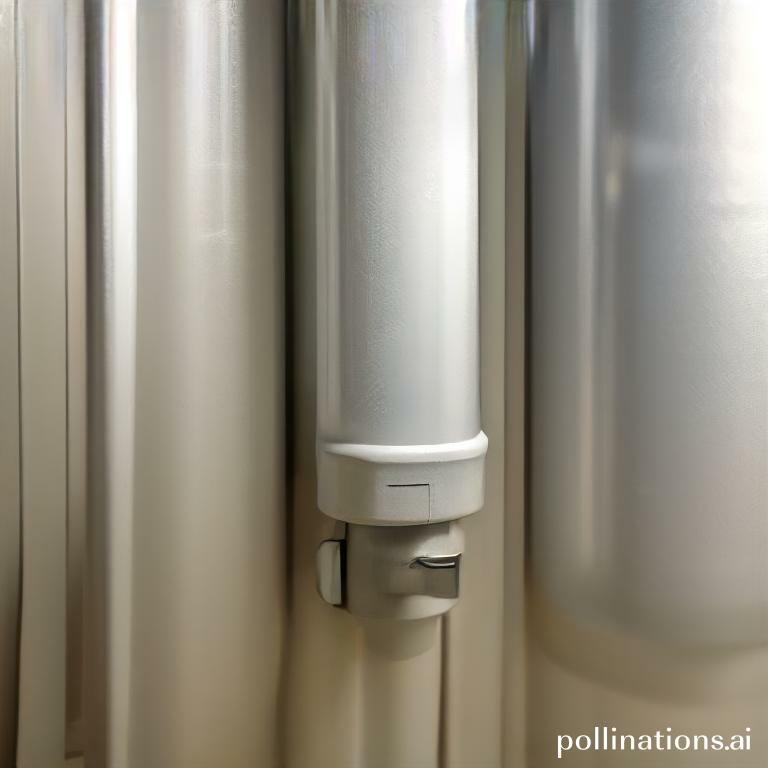
II. Inspect the heating element for any damage or malfunction that may be causing the low temperature.
III. Flush the tank to remove any sediment buildup that may be inhibiting the heater’s ability to heat the water to the desired temperature.
If you’re experiencing a low water heater temperature, it’s important to take action to ensure you have hot water when you need it. In this article, we’ll discuss the possible causes of a low water heater temperature and provide practical solutions to address the issue.
From checking the thermostat settings to inspecting the heating elements, we’ll guide you through the troubleshooting process step by step. Don’t let a chilly shower ruin your day – read on to learn how to resolve low water heater temperature problems.
Grasping Water Heater Temperature
1. What is the ideal temperature for a water heater?
The ideal temperature for a water heater is typically recommended to be set at 120 degrees Fahrenheit (49 degrees Celsius). This temperature strikes a balance between hot enough to provide comfortable showers and warm water for daily activities, whilst also minimizing the risk of scalding injuries.
2. Why is it important to maintain the right temperature?
Maintaining the right temperature in a water heater is crucial for several reasons. To begin with, it ensures optimal comfort and convenience for individuals using hot water in their daily routines. Whether it’s for showering, washing dishes, or doing laundry, having water at the right temperature enhances the overall experience.
Moreover, setting the water heater at the correct temperature helps in energy efficiency. Higher temperatures can lead to excessive energy consumption, resulting in higher utility bills. By maintaining the right temperature, homeowners can save energy and reduce their carbon footprint.
3. What are the consequences of having a low temperature?
Having a low temperature in a water heater can lead to various consequences. To begin with, it may result in inadequate hot water supply, causing inconvenience and discomfort. Additionally, low temperatures can promote the growth of bacteria such as Legionella, which thrive in lukewarm water.
Furthermore, low temperatures can hinder the effectiveness of cleaning agents, such as detergents and soaps, reducing their ability to properly clean dishes, clothes, and other items. This can lead to unsatisfactory cleaning results and potentially impact personal hygiene.
| Temperature Setting | Effects |
|---|---|
| 120°F (49°C) | Comfortable hot water for daily activities |
| Lower than 120°F (49°C) | Inadequate hot water supply and potential bacterial growth |
| Higher than 120°F (49°C) | Increased energy consumption and risk of scalding injuries |
Troubleshooting Low Water Heater Temperature
If you are experiencing low water heater temperature, there are several potential causes that you can check to resolve the issue. Follow these troubleshooting steps to identify and fix the problem:
1. Check the thermostat setting
Start by checking the thermostat setting on your water heater. Ensure that it is set to the desired temperature. If it is set too low, adjust it accordingly and monitor if the temperature improves.
2. Inspect the heating element
The heating element is responsible for heating the water in your heater. Inspect the heating element for any signs of damage or corrosion. If you notice any issues, it may need to be replaced. Consult a professional if necessary.
3. Check the electrical connections
Examine the electrical connections of your water heater. Make sure that they are secure and free from any loose or damaged wires. Faulty connections can lead to temperature problems. If you find any issues, it is recommended to seek the assistance of a qualified electrician.
4. Check the dip tube
The dip tube is responsible for directing cold water to the bottom of the water heater tank. If it is broken or damaged, it can affect the overall temperature of the water. Inspect the dip tube and replace it if necessary.
5. Check the thermostat sensor
The thermostat sensor is a crucial component that detects the water temperature inside the tank. If it is faulty or malfunctioning, it can cause temperature inconsistencies. Verify the functionality of the thermostat sensor and replace it if needed.
How to Adjust Water Heater Temperature
Adjusting the water heater temperature is crucial for ensuring your comfort and safety. By abiding by these simple steps, you can easily adjust the temperature settings of your water heater:
1. Turn off the power supply
Before making any adjustments, fundamental to turn off the power supply to your water heater. This will prevent any accidents or electrical shocks in the course of working on the thermostat.
2. Locate the thermostat
The thermostat is usually located on the front panel of the water heater. It may be labeled or marked with temperature indicators. Take a moment to familiarize yourself with its location.
3. Adjust the temperature setting
Using a screwdriver or any other appropriate tool, carefully adjust the temperature setting on the thermostat. Make sure to turn it slowly and observe the changes in temperature to find your desired setting.
4. Turn on the power supply
Once you have adjusted the temperature, it’s time to turn on the power supply again. Ensure that everything is properly connected and secure before restoring power to your water heater.

Safety Precautions When Adjusting Water Heater Temperature
1. Use protective gear
When adjusting the temperature of your water heater, imperative to prioritize your safety. Before starting the process, make sure to wear appropriate protective gear such as gloves and safety goggles. This will ensure that you are shielded from any potential hazards.
2. Turn off the power supply
Prior to making any adjustments, always remember to turn off the power supply to your water heater. This will help prevent any electrical accidents or malfunctions during the process. Locate the power switch or circuit breaker that controls the water heater and switch it off to ensure your safety.
3. Drain the water heater
Before making any changes to the temperature settings, it is essential to drain the water heater. This will help remove any stagnant water or sediment that may have accumulated over time. Connect a hose to the drain valve of the water heater and carefully drain out the water into a suitable drain or container.
4. Follow manufacturer’s instructions
Each water heater may have specific instructions provided by the manufacturer for adjusting the temperature settings. It is crucial to carefully read and follow these instructions to ensure proper and safe adjustment. Failure to adhere to the manufacturer’s guidelines may lead to potential damage or accidents.
| Precaution | Description |
|---|---|
| Use protective gear | Wear gloves and safety goggles to protect yourself from potential hazards. |
| Turn off the power supply | Switch off the power supply to the water heater to prevent electrical accidents. |
| Drain the water heater | Remove stagnant water and sediment by draining the water heater. |
| Follow manufacturer’s instructions | Read and adhere to the specific instructions provided by the water heater manufacturer. |

Preventing Low Water Heater Temperature
Low water heater temperature can be a frustrating issue, but with regular maintenance and a few simple steps, you can prevent it from happening. In this section, we will discuss the key measures to ensure your water heater operates at the optimal temperature.
1. Regular Maintenance
Regular maintenance is essential to keep your water heater functioning efficiently. Schedule an annual inspection with a professional technician who can check for any potential issues and perform necessary maintenance tasks. This includes cleaning the tank, checking for leaks, and ensuring all components are in good working condition.
2. Flushing the Tank
Flushing the tank is an effective way to remove sediment buildup, which can cause low temperature issues. Over time, minerals and debris can accumulate at the bottom of the tank, reducing its efficiency. By draining and flushing the tank regularly, you can prevent these deposits from affecting the heating process and maintain consistent water temperature.
3. Replacing the Heating Element
If your water heater is not reaching the desired temperature, the heating element might be faulty or worn out. In such cases, replacing the heating element can solve the problem. Consult a professional technician to identify the correct replacement part and ensure it is installed correctly.
4. Replacing the Thermostat
A malfunctioning thermostat can also lead to low water heater temperature. If you have adjusted the thermostat to the desired temperature but still experience issues, it might be time to replace it. A new thermostat can accurately regulate the water temperature, ensuring it stays consistent and meets your needs.
Bottom Line
Ensuring the proper temperature of your water heater is crucial for your comfort and safety. If you find that your water heater temperature is too low, there are several steps you can take to fix the issue. First, check the thermostat and adjust it accordingly. If that doesn’t work, try flushing the tank to remove any sediment buildup. If the problem persists, it may be time to replace your water heater altogether. Remember to always prioritize safety when dealing with your water heater, and consult a professional if you’re unsure about any steps in the process.
By taking the necessary steps to maintain your water heater, you can ensure that you always have access to hot water when you need it. Don’t let a low temperature ruin your day – take action and get your water heater back to working order.
Read More:
1. Impact Of Temperature On Water Heater Efficiency
2. Setting Water Heater Temperature For Energy Savings














